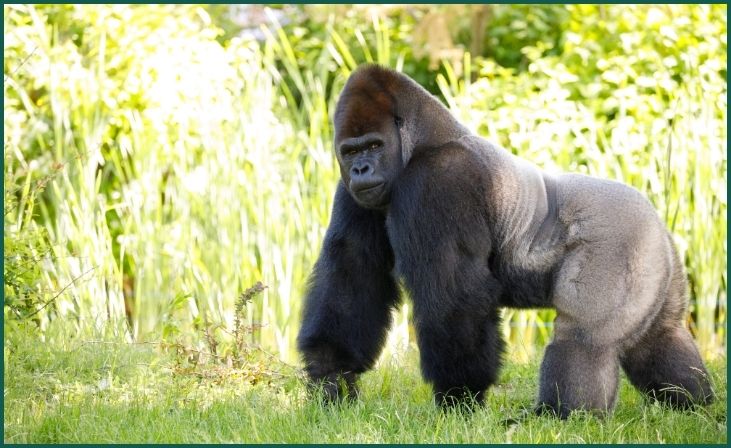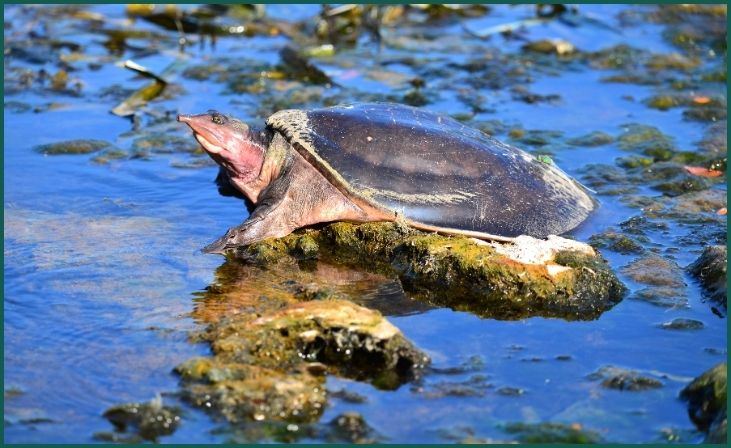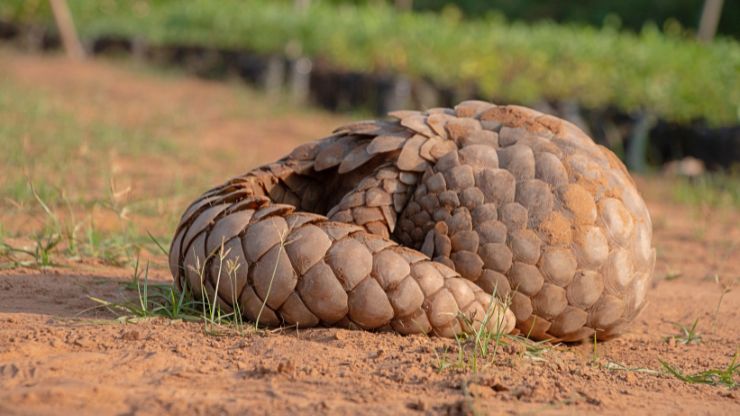In our interconnected world, the delicate balance of ecosystems relies on the survival of all its inhabitants. Unfortunately, human activities have accelerated the decline of various animal species, pushing many to the brink of extinction. This article delves into the struggles faced by 7 of the Most Endangered Animals Species in the World, shedding light on their plight and advocating for their protection. From the majestic tiger to the elusive pangolin, each species plays a crucial role in maintaining ecological harmony. Through understanding their challenges and championing conservation efforts, we can work together to safeguard Earth’s precious wildlife for generations to come.
Table of Contents
ToggleMost Endangered Species in the World
1. Amur Leopard

The Amur leopard, native to the temperate forests of the Russian Far East and Northeast China, faces a dire situation with fewer than 100 individuals left in the wild. This subspecies of leopard is critically endangered due to various factors, including habitat loss, poaching, and human-wildlife conflict. Rapid deforestation and infrastructure development have significantly reduced its natural habitat, forcing these elusive cats into smaller and more fragmented areas. Additionally, illegal poaching for their luxurious fur and body parts further threatens their survival. Conservation efforts, such as establishing protected areas and implementing anti-poaching measures, are underway to save the Amur leopard from extinction. However, urgent action is needed to address the root causes of its decline and ensure a sustainable future for this iconic species.
2. Vaquita

The vaquita, the smallest and most endangered porpoise species, is teetering on the edge of extinction with fewer than 10 individuals left in the wild. Found only in the northern Gulf of California, Mexico, these marine mammals face a grave threat from bycatch in illegal gillnets used to catch another critically endangered species, the totoaba fish. The demand for the totoaba’s swim bladder, prized in traditional Chinese medicine, has led to the indiscriminate use of gillnets, ensnaring vaquitas and causing their population to plummet rapidly. Conservation efforts, including the ban on gillnet fishing and the establishment of protected areas, are underway to save the vaquita from extinction. However, concerted international cooperation and sustainable fishing practices are essential to prevent the loss of this unique species.
Also Read : 8 Most Beautiful Animals on the Planet
3. Javan Rhino

The Javan rhinoceros, one of the rarest mammals on Earth, is critically endangered with fewer than 70 individuals surviving in the wild. Endemic to Java, Indonesia, this iconic species faces numerous threats, including habitat loss, poaching, and a dangerously small population size. Illegal logging, agricultural expansion, and human settlements have led to the destruction and fragmentation of the Javan rhino’s habitat, isolating populations and limiting their breeding prospects. Furthermore, poaching for their valuable horn continues to decimate their numbers, despite conservation efforts and strict protection measures. Urgent action is needed to conserve the remaining Javan rhinos, including habitat restoration, anti-poaching patrols, and community engagement initiatives to mitigate human-wildlife conflict and ensure their survival for future generations.
4. Sumatran Elephant

The Sumatran elephant, a unique subspecies of Asian elephant found only on the Indonesian island of Sumatra, is critically endangered with fewer than 2,800 individuals remaining in the wild. Habitat loss and fragmentation due to deforestation for palm oil plantations, agriculture, and human settlements are the primary threats to their survival. Encroachment into elephant habitats often leads to conflicts between humans and elephants, resulting in casualties on both sides. Additionally, illegal poaching for their tusks further exacerbates the decline of Sumatran elephant populations. Conservation efforts, such as habitat protection, wildlife corridors, and community-based conservation initiatives, are essential to safeguarding the future of this iconic species and preserving the rich biodiversity of Sumatra.
Don't just scroll, subscribe!
BuzzTrail's unique web-stories are the cure for boredom you've been waiting for.
5. Mountain Gorilla

The mountain gorilla, one of the most iconic and endangered great apes, faces numerous threats to its survival, including habitat loss, poaching, and human-wildlife conflict. Endemic to the forests of Central Africa, particularly in the Virunga Massif and Bwindi Impenetrable Forest, these majestic primates have seen their populations dwindle to around 1,000 individuals. Habitat destruction due to agriculture, logging, and civil unrest has severely fragmented their habitats, isolating populations and limiting gene flow. Additionally, poaching for bushmeat and the illegal wildlife trade continues to pose a significant threat to mountain gorillas. Conservation efforts, including protected areas, community-based ecotourism, and anti-poaching patrols, have helped stabilize their populations, but continued vigilance and support are needed to ensure their long-term survival.
6. Hawksbill Sea Turtle

The hawksbill sea turtle, named for its distinctive beak-like mouth, is critically endangered primarily due to habitat loss, poaching, and accidental capture in fishing gear. Found in tropical and subtropical oceans worldwide, these marine reptiles play a vital role in maintaining coral reef ecosystems by controlling sponge populations. However, illegal hunting for their prized shell, known as tortoiseshell, has driven hawksbill populations to the brink of extinction. Furthermore, destruction of nesting beaches, pollution, and climate change pose additional threats to their survival. Conservation efforts, such as protected marine areas, nest monitoring programs, and community engagement initiatives, are crucial for the recovery of hawksbill sea turtle populations and the preservation of coral reef habitats.
Also Read : 8 Deadliest Animals In North America
7. Yangtze Giant Softshell Turtle

The Yangtze giant softshell turtle, also known as the “swimming dragon,” is the most critically endangered turtle species in the world, with only three individuals left in the wild. Endemic to the Yangtze River and its tributaries in China and Vietnam, this elusive freshwater turtle faces numerous threats, including habitat destruction, pollution, and illegal hunting. Dam construction, sand mining, and pollution from industrial and agricultural activities have degraded its aquatic habitat, while illegal hunting for its meat and eggs has further depleted its population. Urgent conservation measures, including habitat restoration, captive breeding programs, and enforcement of wildlife protection laws, are essential for the survival of the Yangtze giant softshell turtle and the preservation of freshwater biodiversity in the region.
Conclusion
As stewards of our planet, we have a moral obligation to protect and preserve Earth’s biodiversity. By taking decisive action to conserve 7 of the Most Endangered Animal Species in the World, we can ensure a brighter future for all life on our planet. Through collaborative efforts, from establishing protected areas to engaging local communities, we can mitigate the threats facing these iconic species and restore balance to our ecosystems. Let us heed the call to action and stand as guardians of wildlife, forging a path towards sustainability and harmony with nature. Together, we can make a difference and leave a legacy of conservation for generations to come.
FAQs
Why are tigers important for ecosystems?
Why are tigers important for ecosystems?
Tigers are apex predators that regulate prey populations, maintain ecosystem balance, and contribute to biodiversity conservation.
Are there any success stories in tiger conservation?
Are there any success stories in tiger conservation?
Yes, concerted conservation efforts have led to population increases in certain tiger reserves, demonstrating the effectiveness of targeted interventions.

